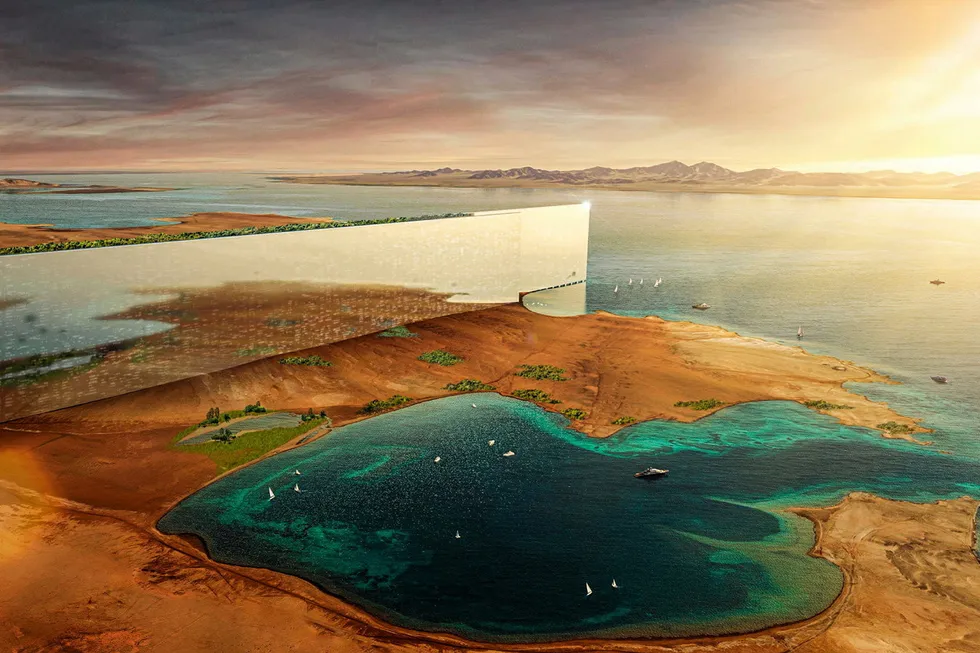Landmark 2.2GW Neom green hydrogen project in Saudi Arabia just got 70% more expensive, co-developer reveals
Budget increased from original $5bn to $8.5bn in order to reduce both future operating costs and upfront cash contributions, according to financial update from US company Air Products
